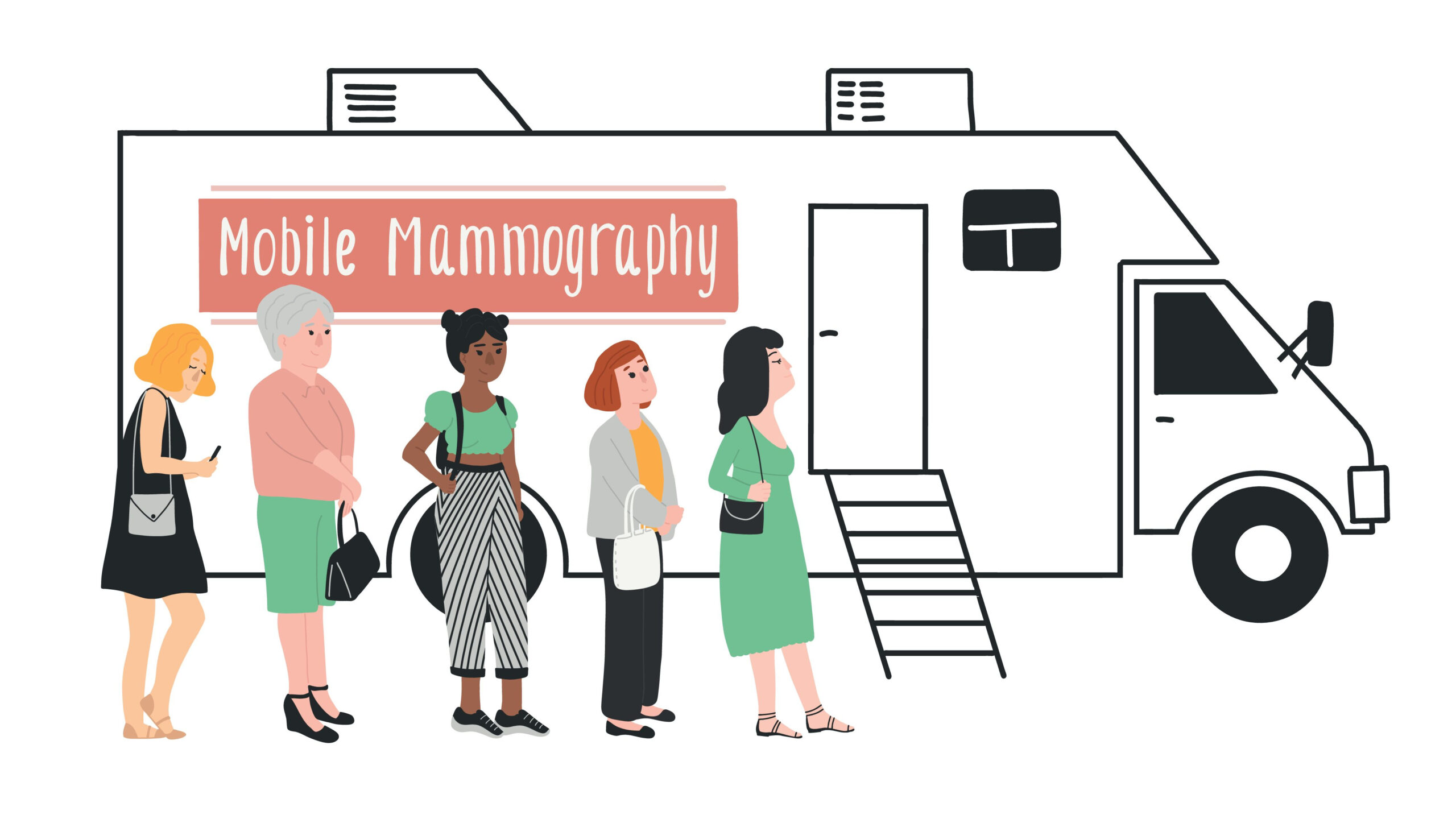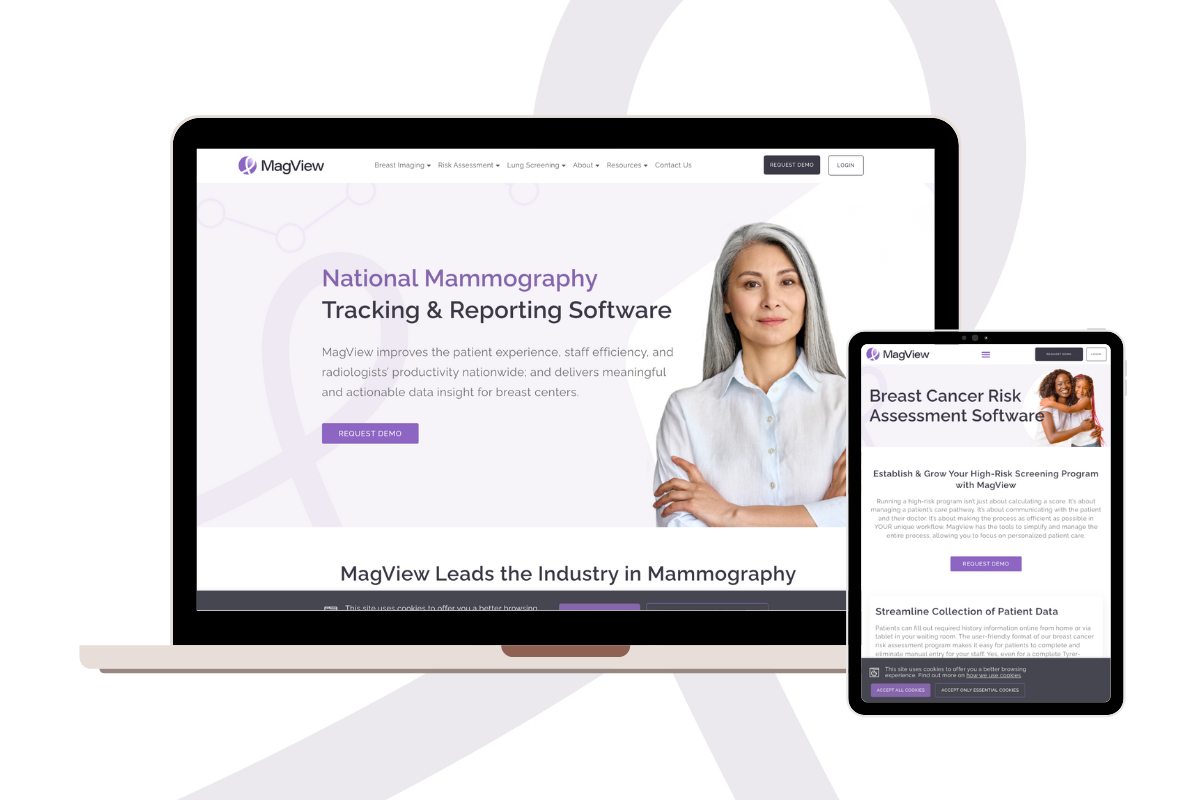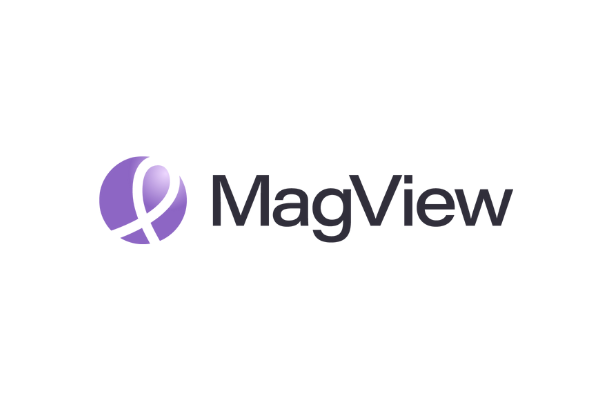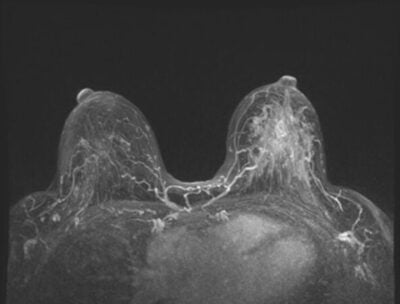Getting a mammogram may be routine, but waiting for results is nerve-wracking. Patients are legally entitled to receive written mammogram results within a reasonable amount of time so they can plan for any follow-up treatment. Clinicians are allowed to deliver results by hand or snail mail, but there are several compelling reasons for breast imaging centers to switch from paper lay letters to electronic lay letters for mammogram results.
Advantages of Electronic Mammogram Results At A Glance
Not sure if electronic mammogram results are right for your breast imaging center? With over 30 years of experience in breast imaging technology, MagView offers unique solutions to the challenges your breast cancer center faces. Consider the following benefits of switching to electronic mammogram letters and learn more about each one.
- Improve the patient experience
- Improve productivity and efficiency
- Save money with reduced mailing cost
- Easy MQSA compliance
- Environmentally friendly
Modern Patients, Modern Solutions
With the increasing digitalization of healthcare, many patients today prefer receiving their health information electronically for faster and more convenient access. In a recent Pew Research study, 87% of respondents indicated that they would prefer electronic access to radiology imaging and reports.
By adopting MagView’s patient results portal, you’re aligning with modern patient preferences and ensuring they get timely information. Empowering your patients to have greater control over their own health outcomes vastly improves the patient experience, instilling confidence in your breast imaging center and ultimately increasing revenue.
Digital Mammography Results Boost Workflow Efficiency
The law requires clinicians to provide patients with their mammogram results within 30 days after the exam, in simple wording that the patient can understand. Doing this by snail mail is extremely time-consuming and tedious for breast center staff. The time employees spend preparing and mailing results letters could be much better used for directly serving patients. MagView’s Patient Results Portal allows you to automate and digitize the mammogram results process, improving productivity and efficiency of your staff.
Save Money
In addition to being time-consuming, sending out mammogram results by mail is also expensive.
The price of stamps has recently risen to $0.66 and most breast imaging centers send thousands of results and reminder letters annually. Let’s take a look at some quick math on how much your breast center might be spending on mailing costs.
Sending out one result letter and two reminder letters for a patient load of 12,500 will cost your breast imaging center nearly $25,000 a year in postage alone. Mailings also incur other costs like envelopes, paper and ink, and payroll hours for employees to perform administrative tasks.
Transitioning to electronic lay letters could save your facility thousands of dollars annually!
Seamless EHR Integration & MQSA Compliance
While many EHRs can provide patient result reports electronically, they often miss out on delivering the crucial mammography result letters as required by MQSA. MagView’s platform allows breast imaging centers to be compliant by delivering the mandated mammogram results letters directly and digitally to patients. Our patient results portal fully integrates with your existing EHR portal to ensure patients enjoy a seamless experience.
Reduce Your Environmental Footprint
Sustainability is an important consideration in modern healthcare. Hospitals and private clinics throughout the world are looking for ways to reduce the impact they have on the planet. By adopting MagView’s patient results portal, your breast imaging center is aligning itself with the priorities of patients and taking a huge step towards decreasing its environmental footprint.
Make The Switch To Electronic Mammogram Results With MagView
Ready to give your patients what they are asking for and improve your bottom line? Contact us today for a FREE demo of our patient results portal and join the digital healthcare revolution.



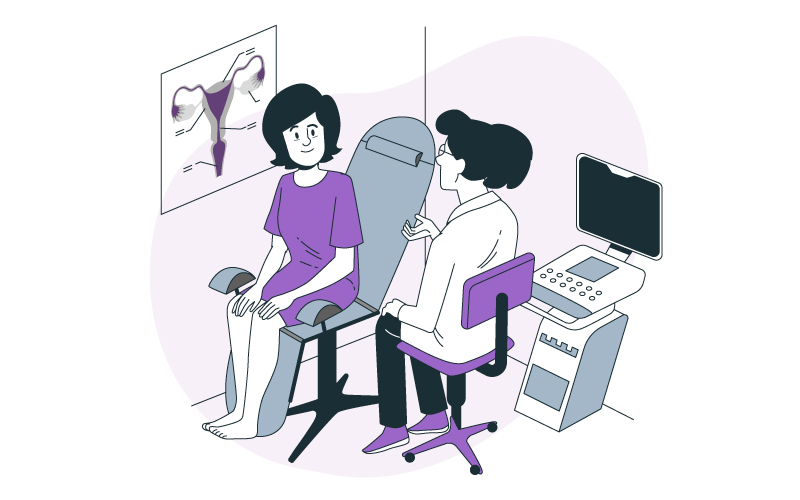




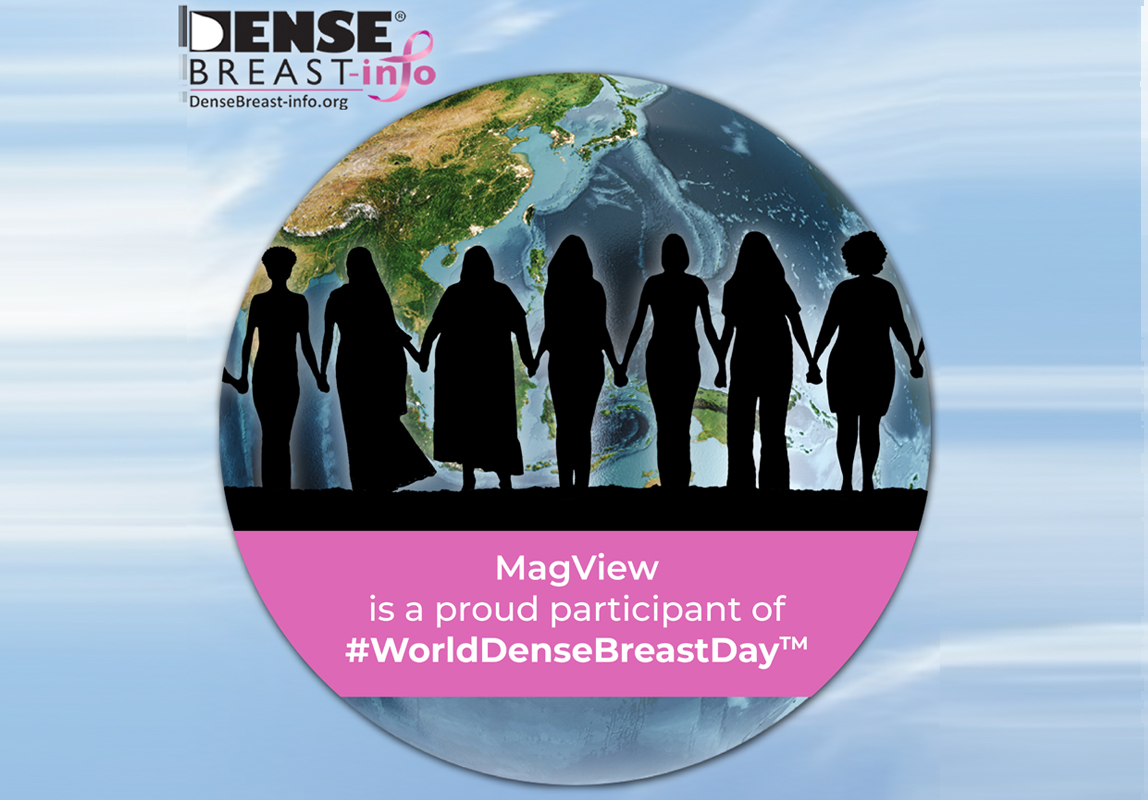
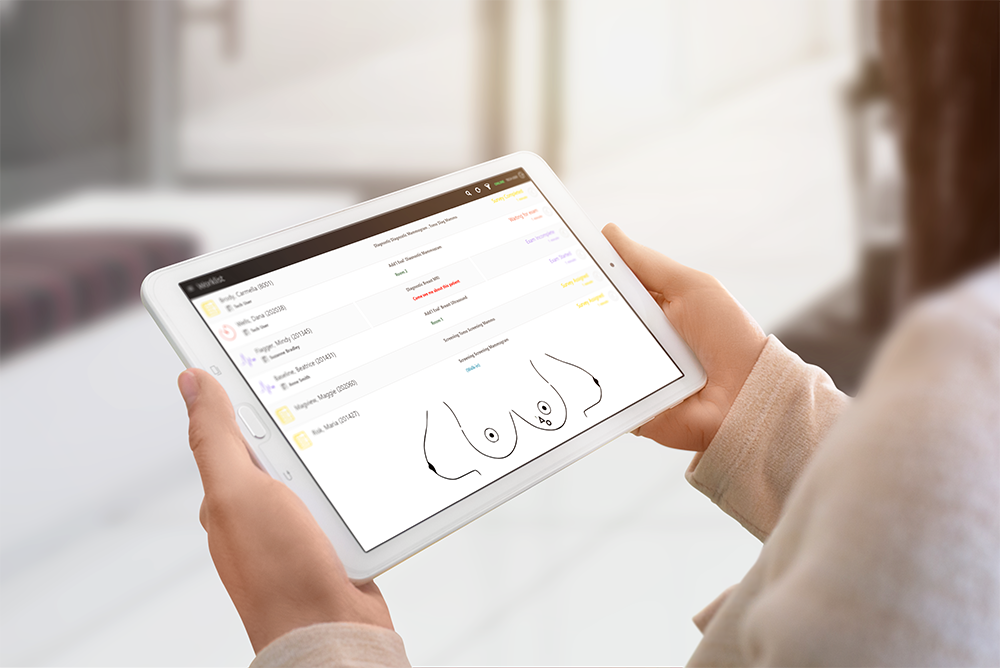

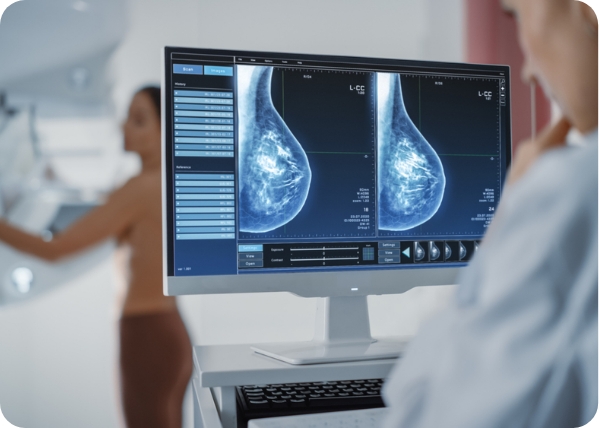


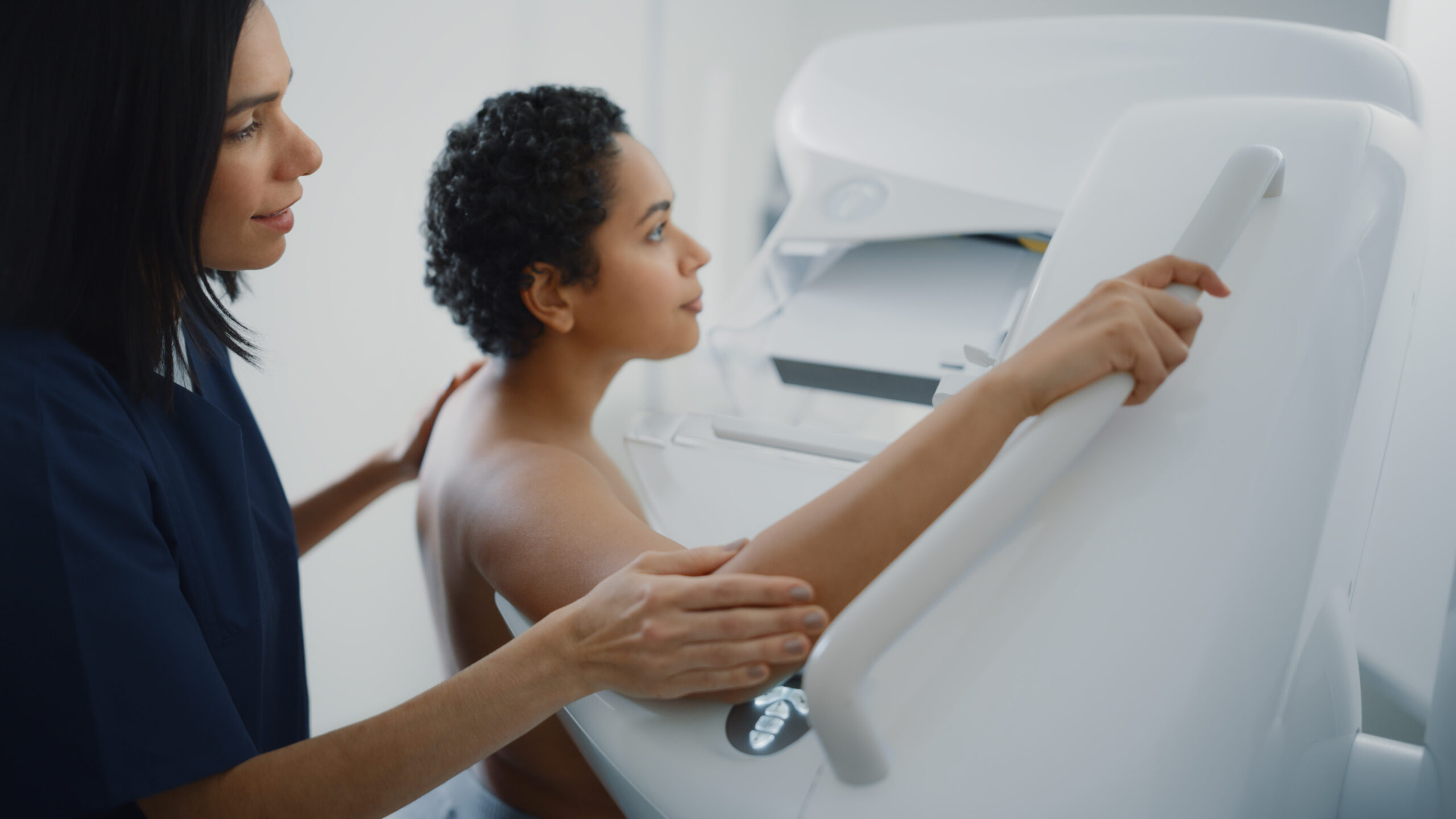
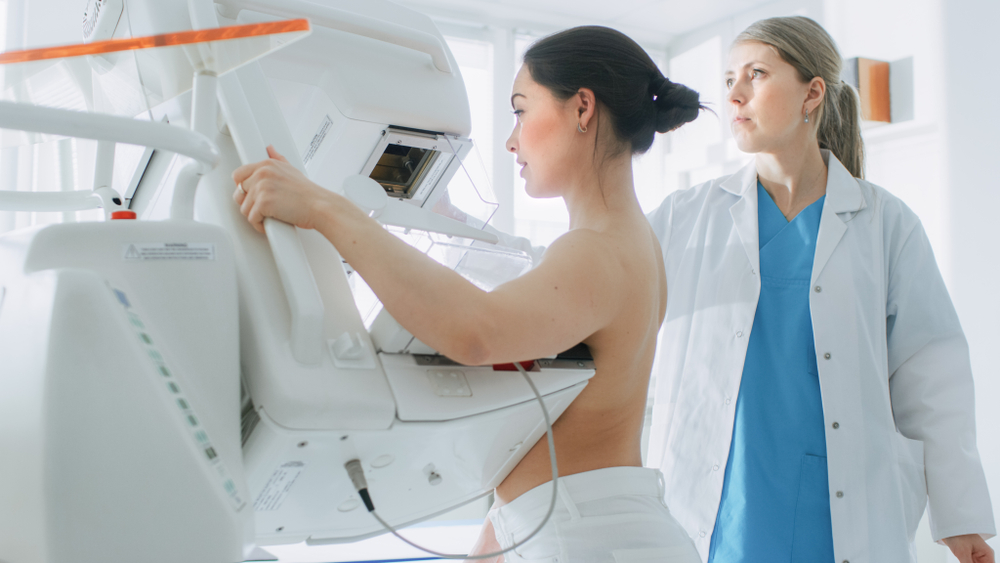
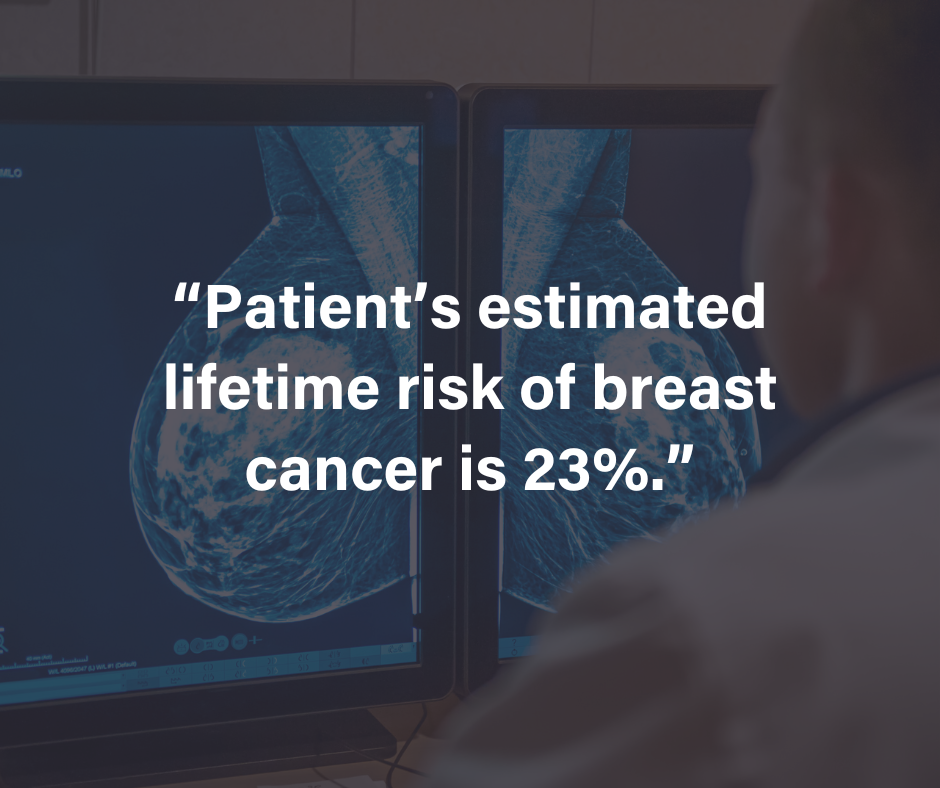




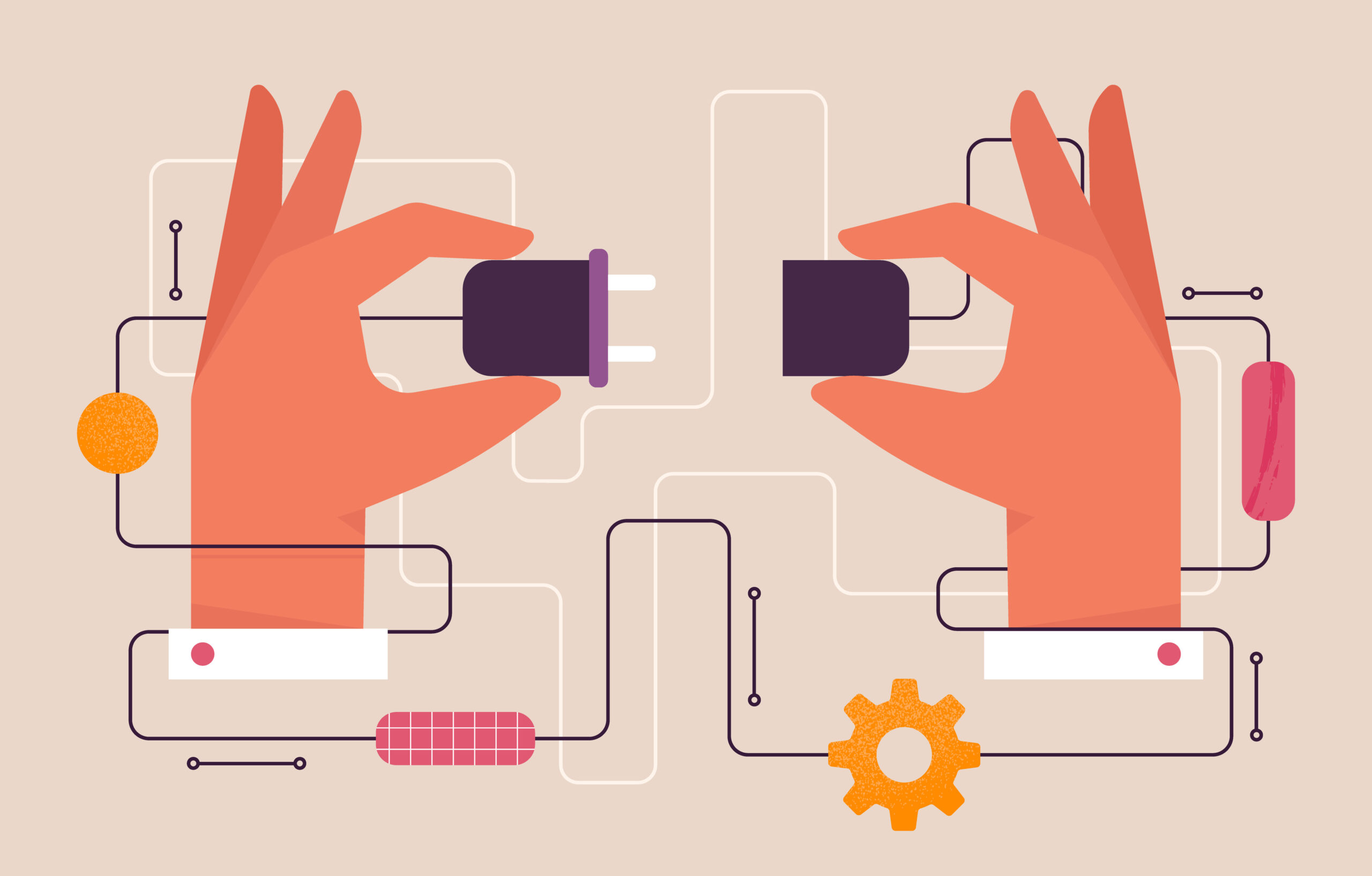


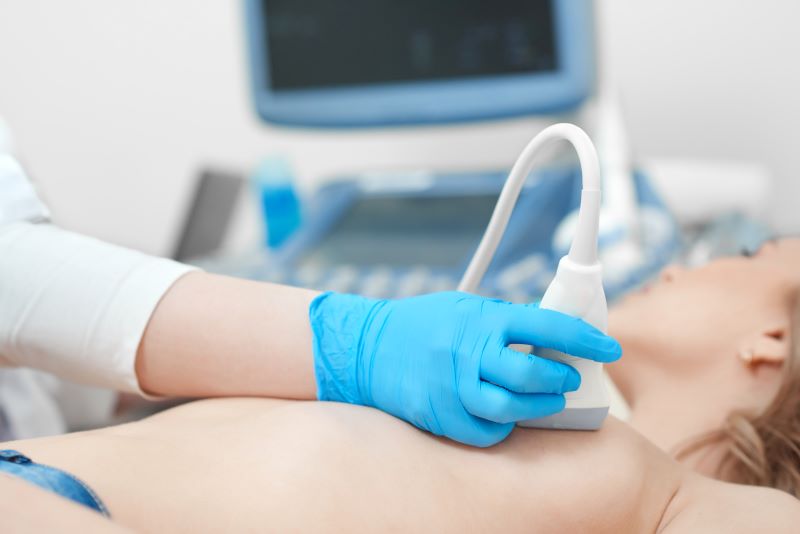
![monitoring breast density shutterstock_1299510538-[Converted]](https://magview.com/wp-content/uploads/2023/05/shutterstock_1299510538-Converted.jpg)
